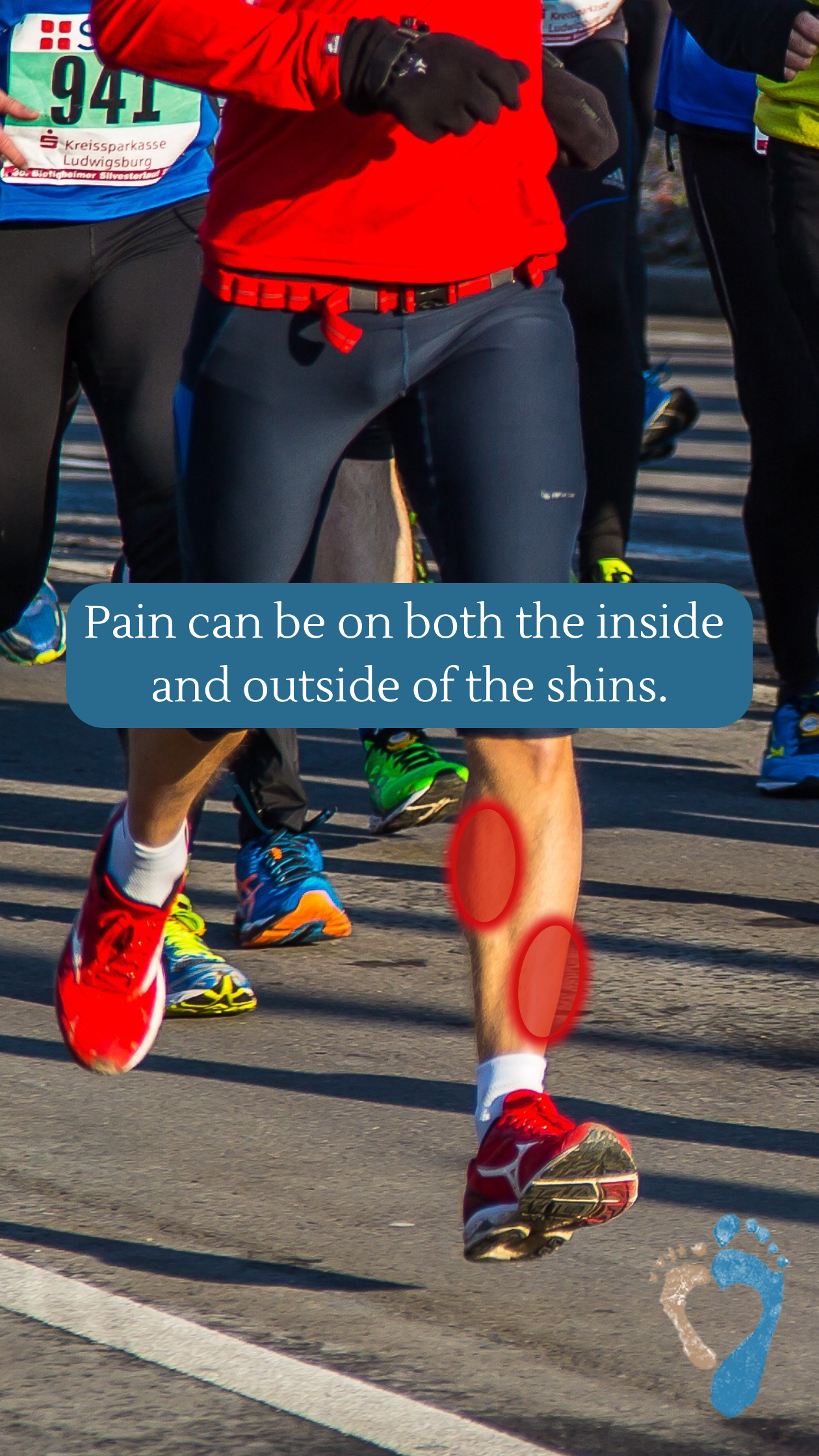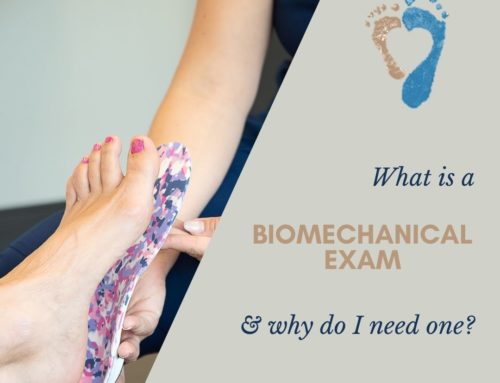Treating Shin Splints: Effective Chiropody Solutions
Shin splints are a common condition that can cause significant discomfort and pain in the lower legs. As a chiropodist, it’s crucial to understand the causes, symptoms, and treatment options for shin splints. In this blog post, we will explore the various aspects of shin splints and discuss effective chiropody solutions to alleviate pain and promote healing.
As a chiropodist, understanding shin splints and implementing effective treatment strategies is essential for optimal patient care. Chiropodists can effectively manage shin splints and guide patients toward a pain-free recovery by combining rest, activity modification, orthotic support, and appropriate interventions. Early intervention and comprehensive care are key to resolving shin splint issues and helping individuals return to regular activities.
If you are experiencing shin splints, don’t hesitate to schedule an assessment today!
Read our Shin Splints information page or the American Academy of Orthopaedic Surgeons (AAOS) information page for more information.



